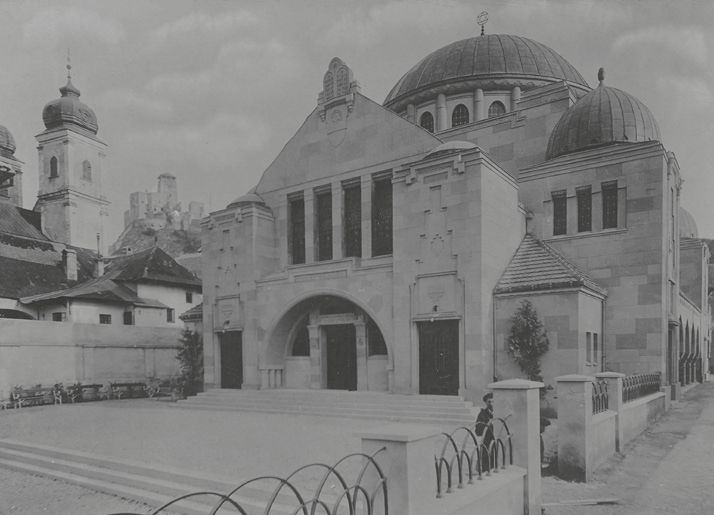Living and construction, a historical background for large-scale housing in Denmark Between the wars, Copenhagen was strongly affected by the urbanisation that had begun with the industrialisation of the city in the middle of the 18th century. The city consisted of overcrowded areas with a mixture of buildings for accommodation and for businesses, both in the original medieval town and in the oldest suburbs that had been built on after 1852 when the old fortifications of the city were removed. The building owners had used every available piece of land, and both main streets and side streets had houses in front, out back and to the sides. The flats were small – often less than 25 square metres – and had a kitchen with running water and drainage, but the toilet was in the shared garden. The development moving towards the First World War was more directed towards separate living and business areas, but they were still in close proximity to one another in comparison to later developments. In the 1920s, the structure of the city was redeveloped in the outlying areas with huge blocks of flats that secured light and air, but the basic structure of the city with a standard street grid was continued in the new quarters. Redevelopmentsbegan in the 1930s, but were largely halted during the German occupation of Denmark 1940 – 1945. When the country was free once more, the framework for building in the city was left open. The Second World War left Danish buildings reasonably intact, but the war years had created a large need for housing because of the lack of new buildings and a continued migration from the countryside to the cities. On top of that there was a great need for redevelopment of older buildings. In all it was estimated that in 1945 there were 50,000 – 60,000 homes too few in a country with just over four million citizens. The ruling social democratic party launched a new political agenda which put the welfare society on the agenda with inspiration from Sweden, and in 1947 a housing ministry was founded….

This work is licensed under a Creative Commons Attribution 4.0 International License











